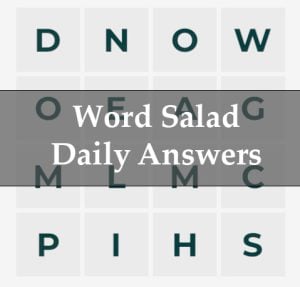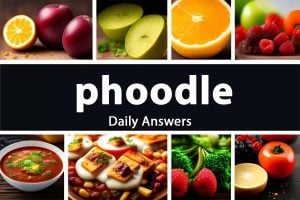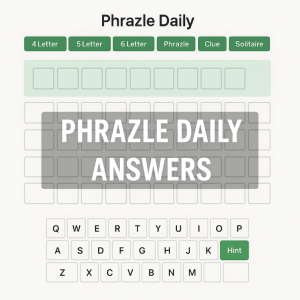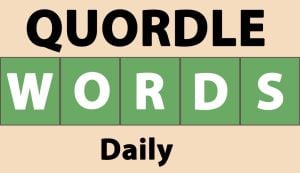Looking for the answers and hints for the Strands puzzle from August 26, 2025? You’ve come to the right place! Every day, we archive the solutions to help you check your work or get that final clue you need. Below you will find all the answers for yesterday’s Strands challenge.
Strands Hints for August 26, 2025
Here are all the official hints to guide you toward the solution.
- Start with a cheerful bloom, often a classic pick in the game of love reminiscent of a sunny afternoon on a fresh lawn. This little one shares its name with a common girl's name.
- Consider the delicate floral ring akin to the sky or ocean hue, often found carpeting woodlands with nodding heads in spring.
- This early bloomer is a herald of spring, with its delicate petals of pale yellow, named like a royal position but oh so dainty.
- Look for the vibrant flower that loves the sun, with a name that sounds like it could be a blend of an autumn celebration and a metal forged in fire.
- A calming infusion often sought in teas, this bloom’s name sounds like a contest of strength between friends, and is a cousin to the daisy.
Spoiler Warning!
The final answers are below. Stop scrolling now if you want to solve it yourself!
Strands Answer for August 26, 2025
Here is the final, official answer for the Strands puzzle that was released on August 26, 2025.
Today’s NYT Strands Puzzle Answers
The New York Times Strands puzzle for today featured a theme that's both refreshing and ecologically significant: Bee-friendly plants. The words provided are all names of flowers that are known to be attractive to bees because of their nectar and pollen. Bees play a crucial role in pollination, which is essential for the reproduction of many plants, including those that provide humans with fruit, vegetables, and nuts. The theme is timely, considering the increasing awareness of the importance of bees for biodiversity and food security.
- DAISY: The daisy is a simple yet iconic flower that appeals to a wide variety of bee species. Daisies usually have a yellow central disc surrounded by white petals and can be found in many grassy habitats. They offer an accessible source of pollen and nectar, which are vital food sources for bees.
- BLUEBELL: Bluebells are bell-shaped flowers that typically flower in the spring and create a blue carpet in woodlands. They are a valuable source of early-season nectar for bees when not many other plants are flowering.
- PRIMROSE: Primroses are another early bloomer, providing nectar and pollen for bees when resources are scarce. These yellow flowers often signal the onset of spring and serve as an important food source for early-emerging bee species.
- MARIGOLD: Marigolds are a popular garden flower due to their vibrant yellow and orange colors. They are also known for their pest-repellant properties, making them a favorite among gardeners. For bees, marigolds offer both nectar and pollen.
- CHAMOMILE: Chamomile is known for its apple-like scent and is commonly used in herbal teas for its relaxing properties. Bees are attracted to chamomile's dainty white flowers with yellow centers, which provide them with nectar.
The puzzle also featured a 'spangram' (a pangrammatic anagram), which was "WILDFLOWER". A spangram in this context refers to a word or a phrase that can be rearranged to form another phrase, using all the letters exactly once. 'Wildflower' aptly fits today's bee-friendly theme as many wildflowers provide critical habitats and food sources for bees and contribute to a healthy and diverse ecosystem.
Not only do today's words help highlight the importance of planting bee-friendly flowers in our gardens and communities to support bee populations, but they also remind us of the beauty and diversity of the natural world and our responsibility to protect it.
Read More Daily Game Answers
Check out the answers and hints for our other popular daily word games and puzzles.






